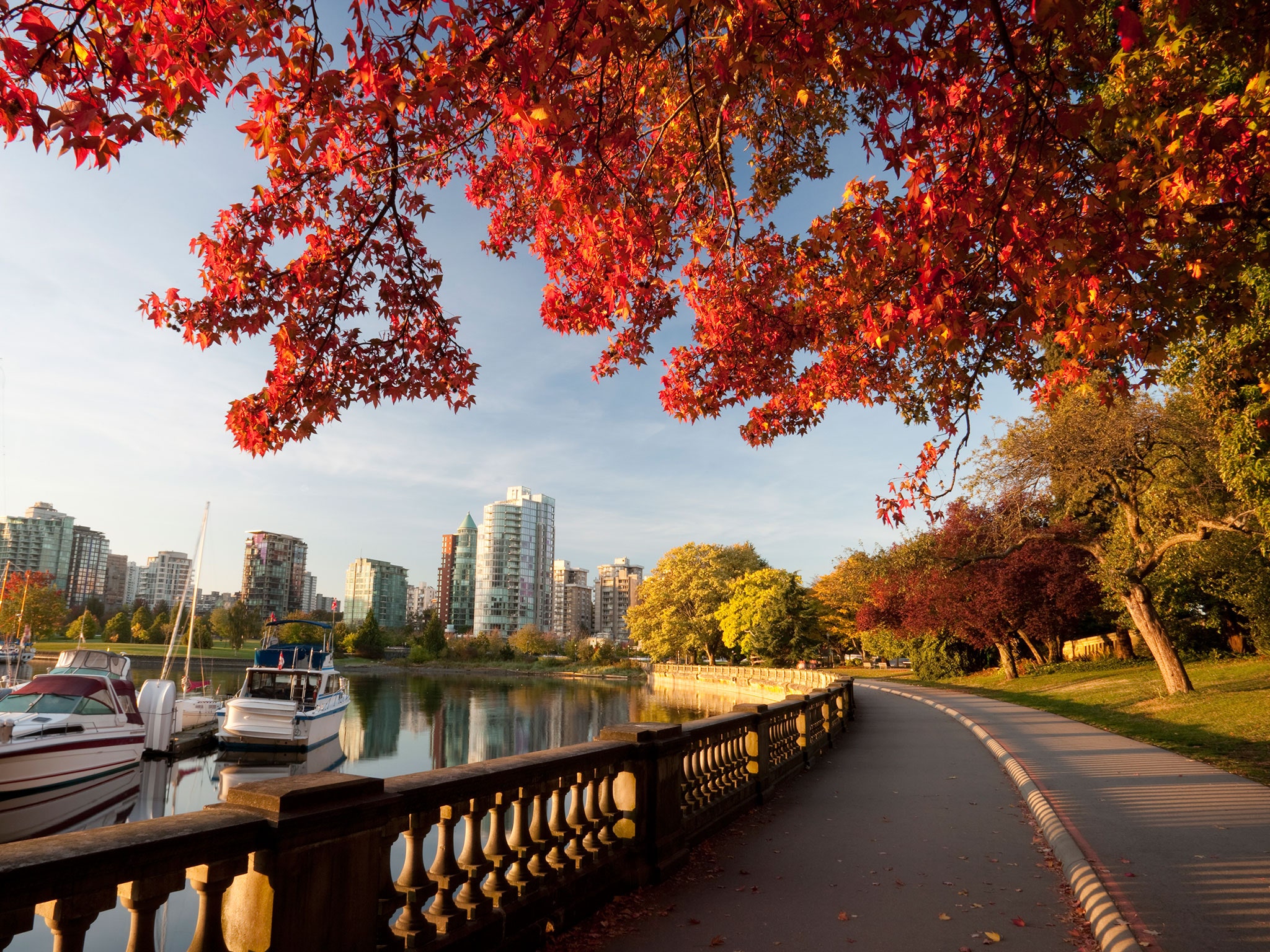
Choosing Between Inland and Outland Sponsorship for Your Spouse or Partner
If you’re a Canadian citizen or permanent resident looking to sponsor your spouse, common-law partner, or conjugal partner for permanent residence (PR) in Canada, you’ll need to decide between two options: inland sponsorship or outland sponsorship. Both routes are designed to help couples reunite in Canada, but each has its own set of requirements, benefits, and considerations. This article will explore the key differences between inland and outland sponsorships, helping you determine the best option for your situation.
Table of Contents
- Introduction
- Inland vs. Outland Sponsorship: Key Differences
- Eligibility Criteria for Inland and Outland Sponsorship
- Benefits of Inland Sponsorship
- Benefits of Outland Sponsorship
- How to Choose the Right Sponsorship Pathway
- Conclusion
1. Introduction
Canadian immigration laws allow citizens and permanent residents to sponsor their spouses or partners for permanent residency. However, applicants must navigate two distinct pathways—inland sponsorship and outland sponsorship—which differ primarily based on the location of both the sponsor and the person being sponsored.
Whether you’re a Canadian citizen or permanent resident, it’s important to understand these sponsorship options, as they influence processing times, travel flexibility, and appeal rights during the application process.
2. Inland vs. Outland Sponsorship: Key Differences
The key differences between inland and outland sponsorships arise from:
- Where the sponsorship application is submitted: Inland sponsorship applications are processed in Canada, while outland applications are typically processed in the sponsored person’s home country (or the closest visa office).
- Travel flexibility: The ability to travel into and out of Canada varies depending on the sponsorship type.
- Appeal rights: If the application is refused, inland and outland sponsorships offer different appeal options.
Inland Sponsorship:
- Application Class: Spouse or common-law partner in Canada class.
- Location: Both the sponsor and the sponsored person must be residing in Canada when the application is submitted.
- Residency Requirement: Both the sponsor and the sponsored person must remain in Canada throughout the application process.
- Eligibility for Open Work Permit (OWP): The sponsored person may be eligible for an open work permit (OWP) if they are in Canada while the application is being processed.
- Appeal Rights: No appeal option is available if the application is refused.
- Movement During Processing: The sponsored person cannot leave Canada during the process unless they have valid status or a new visa.
Outland Sponsorship:
- Application Class: Family class.
- Location: The sponsor lives in Canada, while the sponsored person can live abroad.
- Residency Requirement: The sponsor must remain in Canada, but the sponsored person may live anywhere outside Canada. The sponsor must show they will return to Canada after their partner’s approval for PR.
- Eligibility for Open Work Permit (OWP): Sponsored persons may be eligible for an OWP if they are inside Canada, even if they apply through the outland route.
- Appeal Rights: If the application is denied, the sponsored person can appeal the decision.
- Movement During Processing: The sponsored person is free to travel in and out of Canada while their application is processed.
3. Eligibility Criteria for Inland and Outland Sponsorship
Both inland and outland sponsorship require specific eligibility criteria for the sponsor and the person being sponsored.
- Inland Sponsorship:
- The sponsor and sponsored person must both be in Canada at the time of application.
- The sponsored person must have valid temporary resident status (visitor, student, or worker) during the application process.
- Outland Sponsorship:
- The sponsor can live in Canada, but the sponsored person must live outside the country at the time of application.
- Canadian citizens can sponsor their loved ones even if the sponsored person lives abroad, but permanent residents must sponsor from within Canada.
4. Benefits of Inland Sponsorship
Inland sponsorship may be the better choice if:
- You and your partner are already living together in Canada.
- You want the sponsored person to be eligible for an open work permit (OWP) while the application is being processed.
- The sponsored person is in Canada on valid temporary status (such as a visitor visa).
- You prefer to have both parties remain in Canada throughout the processing of the application.
However, inland sponsorship comes with its limitations, such as no option to appeal if your application is refused and restricted movement during processing.
5. Benefits of Outland Sponsorship
Outland sponsorship may be the ideal choice if:
- One of the partners is living outside Canada.
- The sponsored person wishes to maintain the freedom to travel and may leave or enter Canada during the processing period.
- You wish to apply through the Family Class, as it offers the right to appeal a refused application.
- You are a Canadian citizen and wish to sponsor your partner while they are living abroad.
Outland sponsorship also allows the sponsor and sponsored person to remain geographically flexible, which could be important depending on personal or work-related factors.
6. How to Choose the Right Sponsorship Pathway
Choosing between inland and outland sponsorship depends on several factors, such as:
- Current Location: If both of you are already living together in Canada, inland sponsorship may be more suitable. If your partner is abroad, then outland sponsorship is the way to go.
- Work Permits: If the sponsored person is in Canada and needs the ability to work while waiting for their PR, inland sponsorship offers the option of an open work permit.
- Appeal Rights: If there is a higher likelihood of challenges in the application process, outland sponsorship’s appeal option can provide an additional safeguard.
Ultimately, your decision should be based on where both of you are living during the application process and whether your partner will need to travel or work in Canada during the waiting period.
7. Conclusion
Both inland and outland sponsorship offer distinct advantages and cater to different situations. Inland sponsorship is ideal for couples who are already living together in Canada and want the sponsored person to be eligible for a work permit. Outland sponsorship, on the other hand, is better for couples where one partner lives abroad, or when the sponsor is a Canadian citizen.
Carefully consider your relationship circumstances, future plans, and whether travel flexibility or work opportunities are important during the processing period before making your decision.
For more detailed guidance, consult official Immigration, Refugees and Citizenship Canada (IRCC) resources or seek professional immigration advice.
For a free consultation about your work permit and student permit options, reach out to the CAD IMMIGRATION today!





